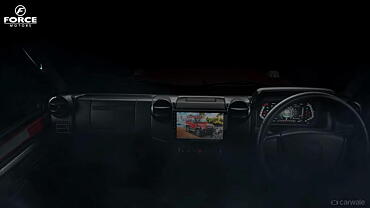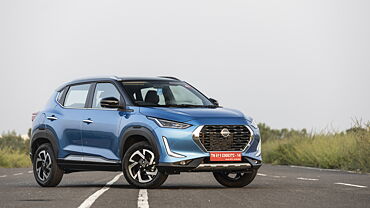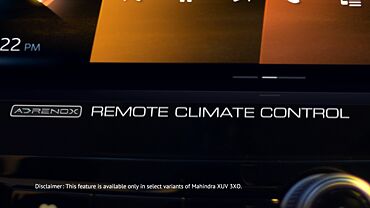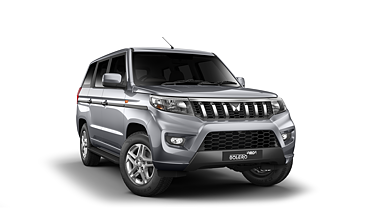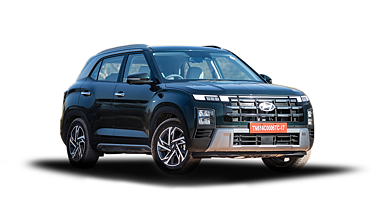Wheel or tyre balancing is a part of regular car maintenance. A balanced weight distribution between tyres and wheels assembly helps them spin smoothly at high speeds. It also enhances drive-train components, and reduces tyre wear. The vibration, felt on the seats, steering wheel and floorboard, due to tyre treadwear reduce significantly. High quality tyres hold balance for a long time.

Experts recommend that wheels should be balanced every 5, 000 – 10, 000 kms. New tires, too, need balancing as they have small variation in weight around circumference. Unbalanced tyres or wheels might lead to sustainable vibration, uneven wear and serious accidents. When your vehicle hits a curb or pothole, the tyre or tyre rim might get displace. The driving stress or heavy loading, too, cause a wheel imbalance.
Imbalanced cars and heavy-duty trucks are one of the largest unregulated lead pollutants that eliminate toxic lead metal into the atmosphere, waterways and soil. Therefore, wheel balancing is important throughout their tread life. There are few more reasons why tyres balance needs to be checked and maintained on a regular basis.
Lighter vehicles: Most new cars are made-up of aluminum and lightweight components that certainly aid to their handling and drivability. But, the old cars (heavier) are actually smoother than the new ones. With robust dumping duties, heavy vehicles tend to absorb bumps and vibrations before they could felt by driver and passengers. The softer suspensions, too, have the same effect.
Tyre technology: Cars with more responsive and lower profiles tyres, due to lower rolling resistance, vow to deliver impressive fuel economy. But, it causes a slight imbalance and that could be felt in most new cars in India and elsewhere. This isn’t significant in 8 to 10 years old cars.
Tyre Balancing Act: When tyres are assembled onto the wheels, the two slightly uneven units are combined together to form an assembly. This assembly is balanced by equal weight distribution around its lateral centres and radial. There are two types of tyre imbalances – static and dynamic.
Static imbalance: Static imbalance occurs when a tyre has a light or heavy spot. The tyre won't spin evenly, and the assembly moves in up-and-down motion. It develops a vertical vibration.
Dynamic imbalance: Dynamic imbalance occurs when there is a weight imbalance on one or both sides of lateral centre line of the assembly. Unlike the static imbalance, it creates a side-to-side vibration or wheel shimmy.
Most tyre and wheel assemblies have both types of imbalance and can be balanced with even weight distribution. A tyre dealer can solve most of the tyre balancing issues. Most consumers are not aware of tyre or wheel balancing in India despite the fact that it causes several accidents. So, be very careful about this.



